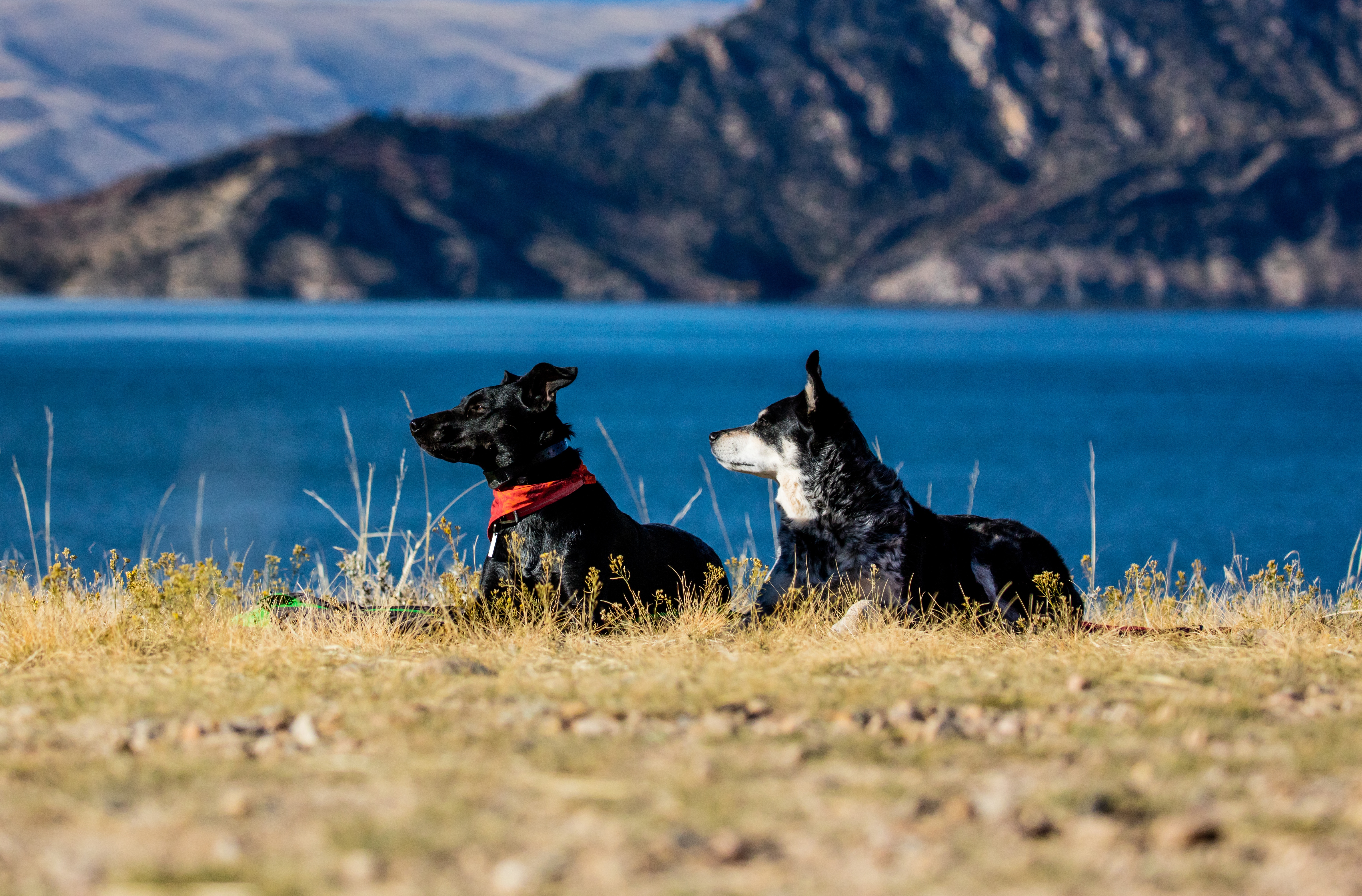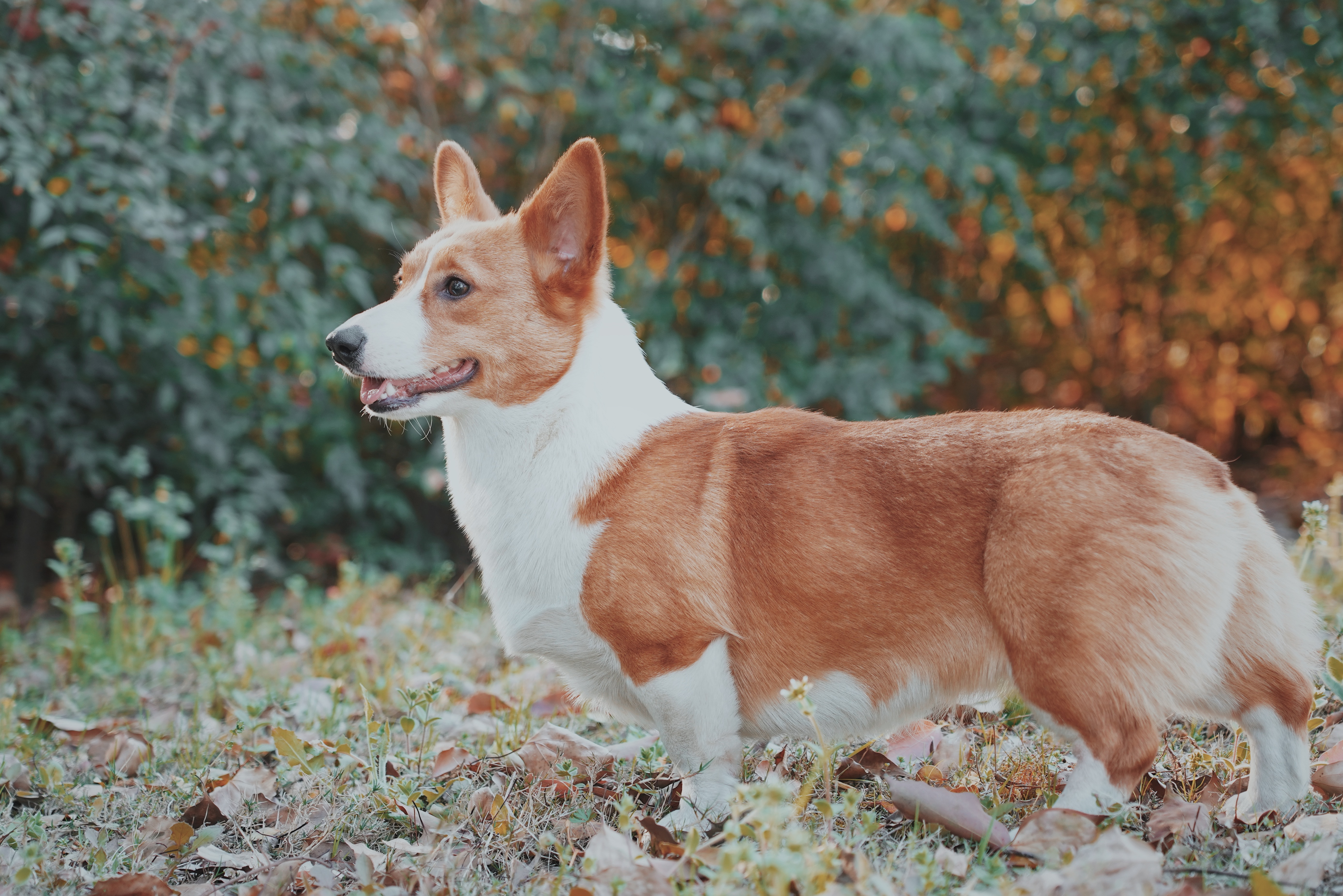Whether you are the proud owner of a purebred border collie or an obsessed dog mom of your loveable shepherd mix rescue pooch, herding dogs have a way of rounding up some serious affection. This lovable group has a long history of working, especially with humans. This is excellent news for those of you who are interested in training a herding dog. Herding dogs aim to please, and with some dedicated practice, you and your dog can achieve the perfect balance of work and play.
Common Herding Breeds
- Collies – Collie, Border Collie, Bearded Collie
- Shepherds – German Shepherd, Australian Shepherd, Australian Cattle Dog
- Sheep Dogs – Shetland Sheepdog (aka Sheltie), Canaan Dog, Corgi
Personality traits and Characteristics of Herding Breeds
- Highly Intelligent
- Strong loyalty and devotion to their person or people
- Active and alert – sometimes manifesting itself in the form of barking
- Athletic with thick coats
- Very attentive to people
Obedience Training is the Foundation For Success
The obvious starting point for training your herding dog is, to begin with, a firm foundation of obedience. When discussing obedience training, there are five basic commands that every dog should know and respond to without fail. They are:
“Heel” / “Sit down” / “Stay” / “Come”/ “Go to your place”
These basic commands are the foundation for long-term obedience. Verbal cues are essential to establishing and fostering a relationship of loving obedience between you and your dog. Training a dog takes time. Do not get discouraged. As your dog grows up, he will learn to listen so long as you are dedicated to using your verbal cues.
Rewards for Good Behavior
Remember to reward your furry companion when he deserves it. Treats should not be doled out with every single correct action. At first, treats are a great way to establish with your dog that the steps they are taking are good. However, as training continues and your dog becomes more obedient and better trained, treats should become less and less frequent. Again it is important to establish the boundary between what behavior is expected and what action is rewarded. A good rule of thumb; new good behavior should be rewarded, repeated good behavior should be praised, established good behavior should be expected.
Remember that a treat doesn’t always mean food! Having a variety of ways to reward your dog is an effective way to stimulate, and encourage developmental awareness. Treats can be anything from a toy to a fun activity or even signs of affection like a belly rub or brushing their coat. Keeping treats separate from daily love and affection is vital. If you implement the use of a toy, make sure it is a unique toy that the dog only gets to play with as a reward. If any of these rewards turn in to more normalized behaviors, then that “treat” loses its effectiveness.
All Work and No Play is No Fun at All
 Exercise is a crucial piece in the training puzzle. The more engaged and focused your dog is, the better he will listen and respond to cues. Regular exercise strengthens the bond between dog and owner and supplies your dog with the foundational understanding that work is different than play.
Exercise is a crucial piece in the training puzzle. The more engaged and focused your dog is, the better he will listen and respond to cues. Regular exercise strengthens the bond between dog and owner and supplies your dog with the foundational understanding that work is different than play.
Having distinctions in an exercise routine is important. Even if you are in the habit of taking walks as your daily exercise, make sure that the walks vary in size and geography. Though it is tempting to take the same route every day, it could lead to you or your dog slipping into bad habits like leash pulling or improper vocal cues.
A variety in exercise will lead you naturally into the second crucial part of long term training which is social engagement. Playing hide and go seek with a toy inside can be a great alternative to a walk on rainy days and is especially useful for mental stimulation.
Your dog is a social animal, and herding dogs especially crave interaction. It is important to socialize your dog as much as possible in different settings. Dog parks can be an excellent way to allow your dog to interact with lots of other dogs but make sure you have your commands and cues down pat before you attempt this endeavor. Too much too soon could be over stimulating and could lead to slipping back into bad habits.
Herding dogs are made up of “action breeds” which means these are the kinds of dogs who cannot get enough exercise. Remember, most of these dogs were bred to run around a farm and chase livestock for 10-12 hours a day, It’s going to be tough for you to tire them out. Swimming, herding classes, fly ball, hikes, long walks – these are all great activities to try with your herding dog as they are especially physically and mentally demanding. Training your dog can be taxing for both of you so remember to be patient, loving, and most of all have fun!
Sources
“How to Teach a Puppy Basic Commands” Canna-Pet, 14 June 2017, canna-pet.com/teach-puppy-basic-commands/.
“Quiz: How Well Trained Is Your Dog?” Canna-Pet, 14 July 2017, canna-pet.com/well-trained-dog-quiz/.





